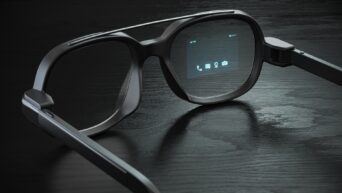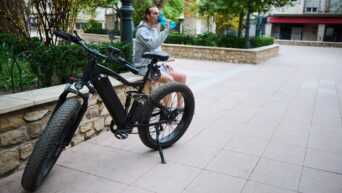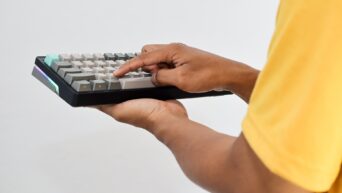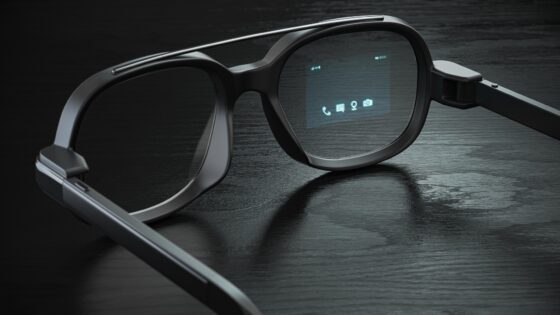The closest we’re probably gonna get to photosynthesizing.
Solar cells are traditionally rigid in shape, which is why we affix them to panels. Makes it easier to get all that sunlight at once. But what if they were on an uneven surface that didn’t completely face the sun? Well, you’d need those cells to cover the whole thing just in case, wouldn’t you? Luckily, we can totally do that now.
Researchers from the King Abdullah University of Science and Technology have developed new silicon solar cells that can be stretched and flexed up to an impressive 95%. Even when they’re pulled to their maximum size, they can still capture solar energy with a 19% efficiency (which is better than it sounds). Silicon has been a candidate for solar cells in the past since it’s cheap and efficient, but that research stalled out since it’s usually too rigid. With this new flavor of silicon, however, flexible, efficient cells can be created at a surprisingly reasonable price tag.
So now the question is what exactly we use this stuff for. The researchers have two primary ideas: first, the stretchy cells could be used to create artificial “skin” for robots. Not only would this “skin” be able to absorb power for a robot just from being outside, it could generate multisensory information for things like heat and touch. Another idea is to incorporate the cells into smart clothing, making them self-sufficient, which would in turn allow for more functionality.

































